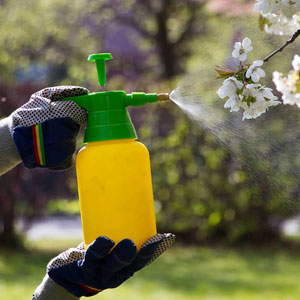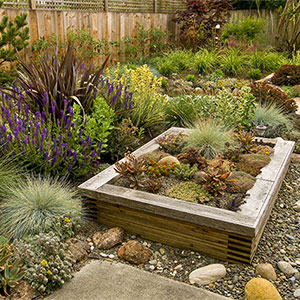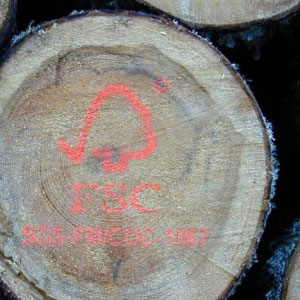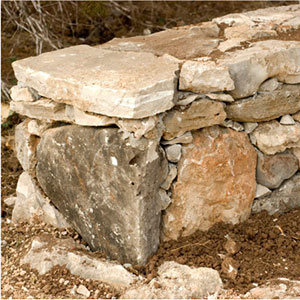It’s best to start with the old adage “reduce, reuse, recycle” as a way of practice. Downsizing a landscaping project to reduce the amount of materials, redesigning the project to reuse previously used materials, or finding ways to recycle materials are all first steps in the sustainable design process. Another alternative solution is to salvage and reuse materials discarded by neighbor or friend, perhaps in a new and novel way.
Retaining existing materials avoids costs for demolition, transportation and the disposal of demolished materials in a landfill. This practice can also create a unique sense of place and connect users to the garden or landscape. If you are buying new, opt for natural, untreated, least toxic and recyclable products made locally. A growing number of “certified green” products are becoming available, simplifying things for consumers. And you can promote recycling by buying products with recycled content, which are generally less expensive than virgin raw materials.
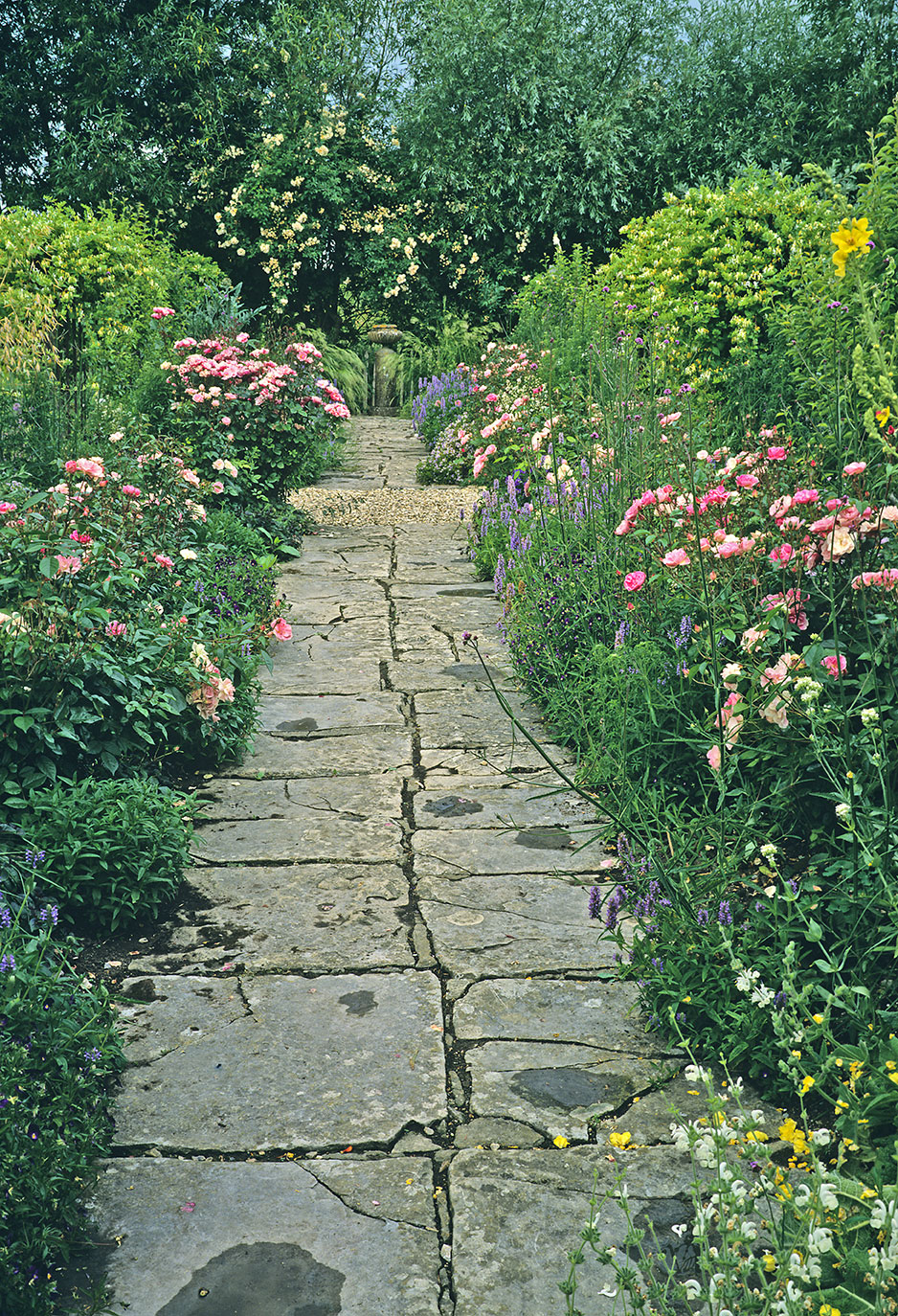
Reclaimed stone is born again as a beautiful garden pathway. Image credit: Shutterstock/Del Boy
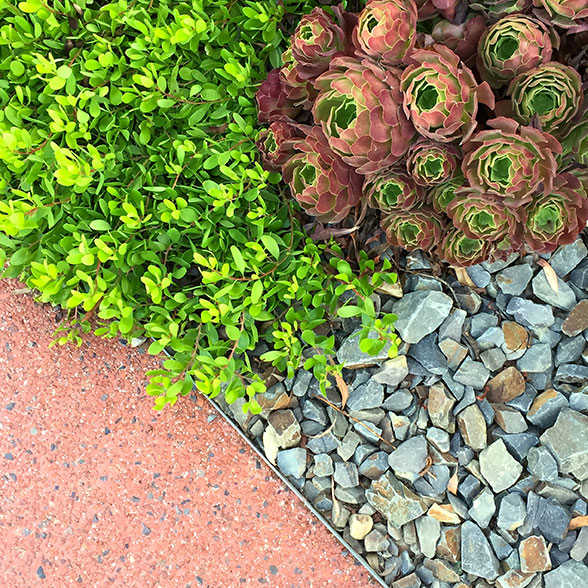
Stones and hardscaping create visually interesting textures next to plants of all kinds. Image credit: Shutterstock/Jen Petrie
- Reclaimed materials can be used in whole form or deconstructed and dismantled to create a completely new object.
- Recycled materials lessen the need for virgin feedstock and avoid sending useful materials to a landfill.
- Locally sourced materials reduce negative environmental impacts and can create a sense of place.
- Garden features designed using standard material sizes avoid wasteful cuts and minimize labor.
- Reversible connections (e.g., screws, bolts) can be easily removed and reused for a future use.
However, the appropriate selection and use of materials can contribute to a garden’s ability to support and enhance ecosystem services on-site and wherever the material exists throughout its life cycle. The demolition, selection, procurement and use of materials in the design and construction of a garden present considerable opportunities to decrease the amount of materials sent to landfills, reduce greenhouse gas emissions, and support the use of sustainable building products. Sustainable gardens minimize the negative impacts of material use by creating a circular life cycle that is underscored by the use of recycled or reused materials.
Luckily, there are now many materials available that are locally produced and certified green. Read the labels, request products that are local and non-toxic and look for marks such as the Forest Stewardship Council (FSC) certification on wood products.
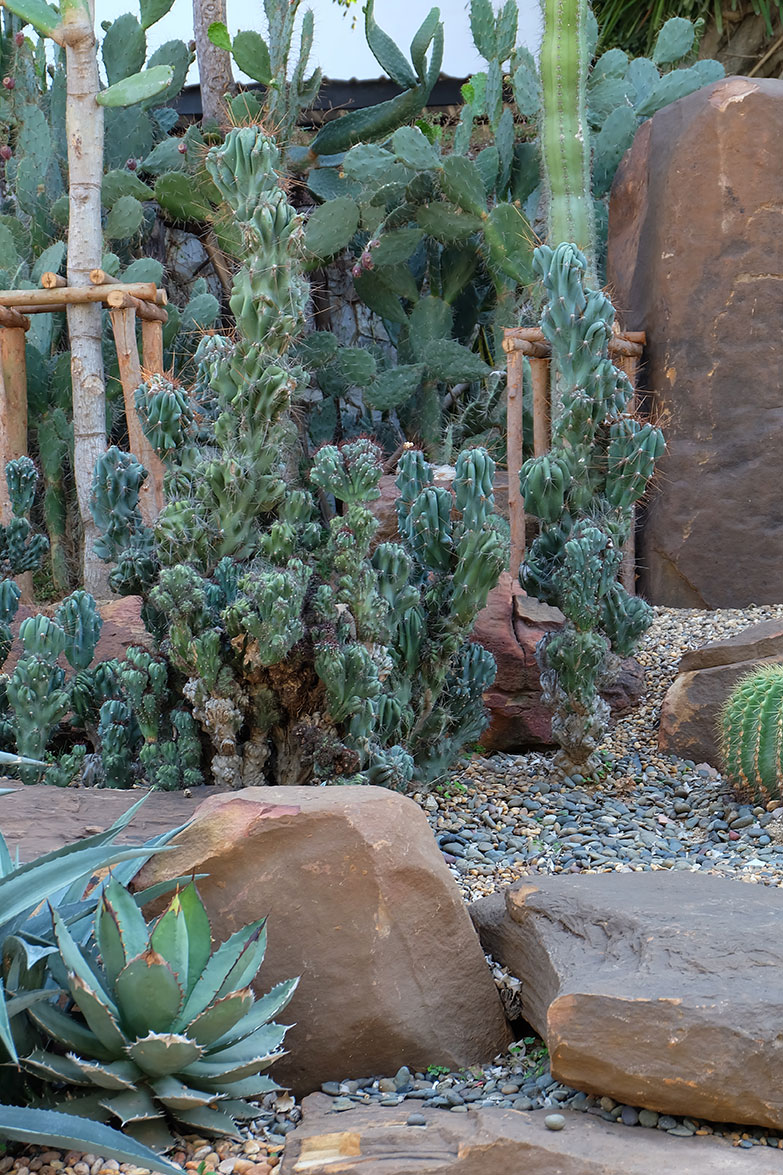
A cactus and euphorbia garden uses locally sourced rocks and native materials to create a sense of place. Image credit: Shutterstock/Pokin Sethapokin
Unsustainable vs. Sustainable Materials:
How They Compare
Unsustainable Landscape
- The life cycle of materials is a linear process that begins with extraction and ends with disposal. Materials move through the cycle once and then become a waste product.
- Materials are not local and therefore do not support community businesses or the regional economy.
- Little is known about the human health and environmental costs of the material.
Sustainable Landscape
- The life cycle of materials is a circular process where materials and products are reused or recycled to avoid the extraction of virgin feedstock and minimize energy and resource inputs.
- Materials represent the regional identity of the area and support the local economy.
- When selecting materials, consideration is given to the costs of human health and environmental impacts.
GET STARTED WITH MATERIALS
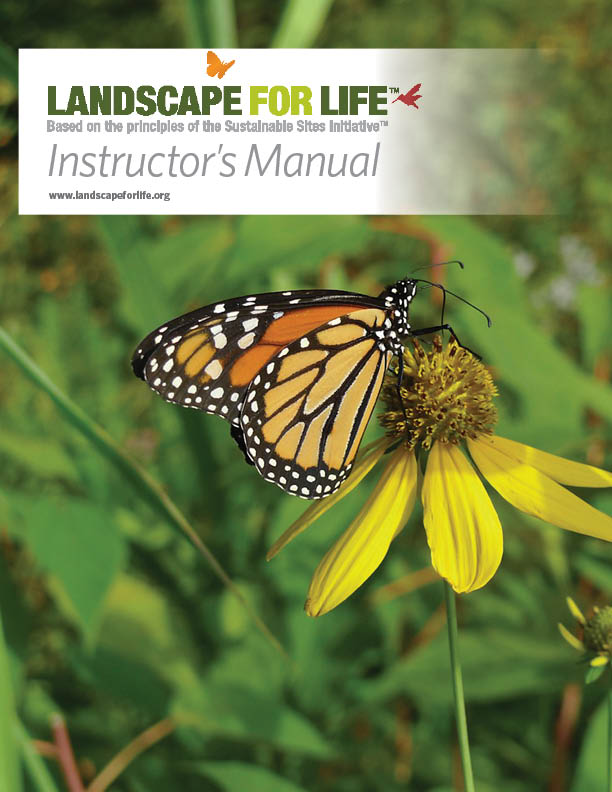
BECOME A LANDSCAPE FOR LIFE TEACHER!
Expanded training opportunities coming in 2024! Landscape For Life includes a complete kit of teaching resources which can be used to conduct classes in sustainable home gardening.
Landscape For Life™ was developed by United States Botanic Garden and the Lady Bird Johnson Wildflower Center, based on the principles of the Sustainable Sites Initiative (SITES®). The program is now a collaboration between Colorado State University Extension and the United States Botanic Garden.


